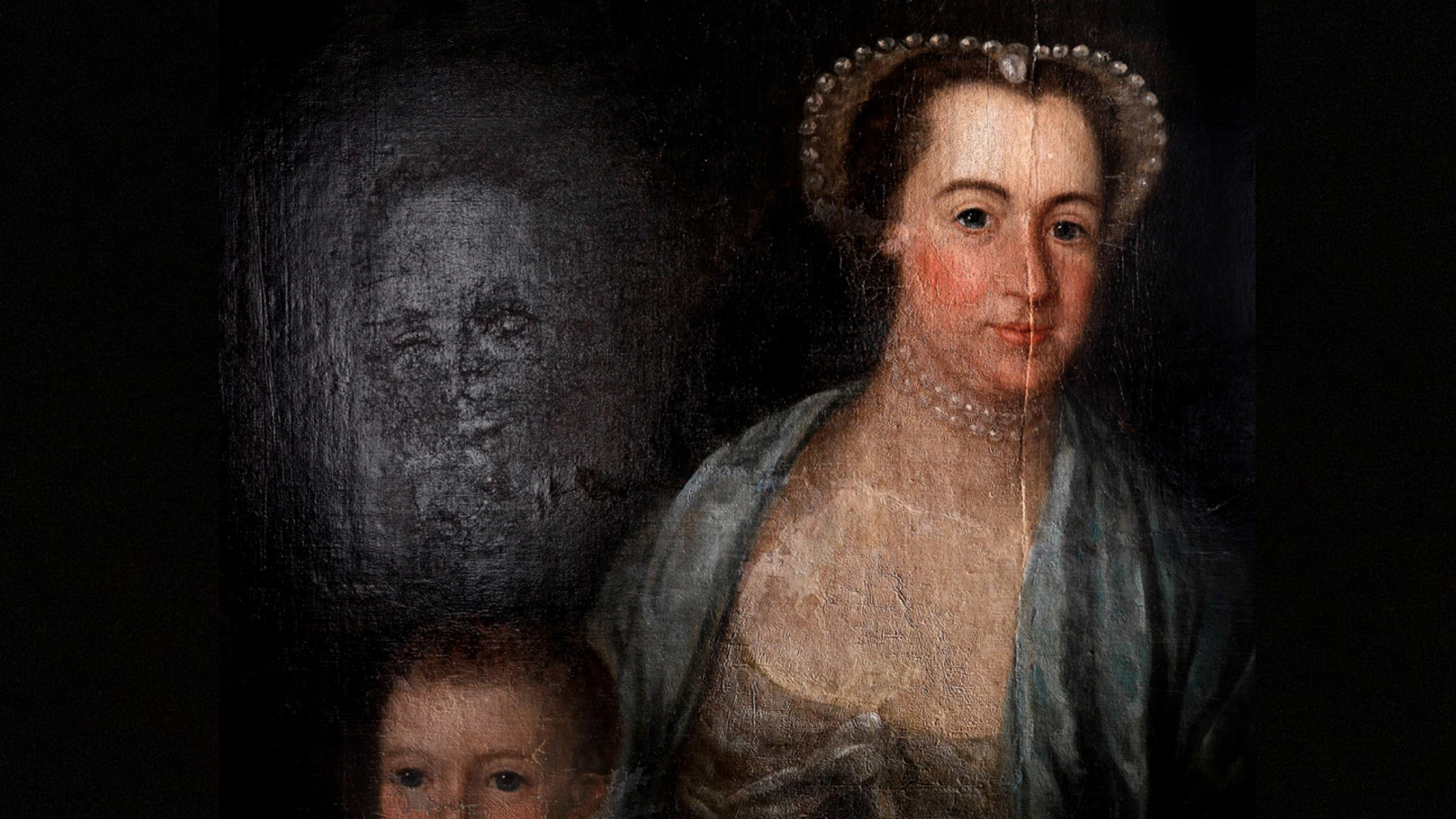Lady Margaret Mackenzie speaks – life with the Glassfords

5th May 2020
By 1783 John Glassford (1715 -1783) had been married three times. The last marriage was in 1768 to Lady Margaret Mackenzie. It is Lady Mackenzie who is seated in the Glassford family portrait. What did she have to say about life with the Glassfords?
Lady Margaret Mackenzie wrote to the daughter of her aunt, Lady Henrietta Dundas of Arniston. She noted ‘I do not find any little jealousy’s in the family but on the contrary have reason to think as far as we can Judge by appearances that all the Children really Love me, they endear themselves to me not only but little marks of their affection to me but by instances of the goodness of their own Hearts, as far as they have opportunity of showing it, I do not yet know what my feelings will be if I am spared to be a mother but I find that all these children are really dear to me.’
This good impression was juxtaposed with Margaret’s reflection that ‘I am in other respects happier in my situation then when I first came home, tho’ I found great civility yet they all seem’d to keep among themselves and at a distance from me, I had suffer’d the loss of a much Love’d parent which had an effect upon my temper that no doubt cou’d not be so taking to those who were themselves no ways concern’d in my Loss, I now endeavour as you advice’d, to exert myself, however little disposed to do so and have found my account in it, for nothing can exceed the attention I meet with from every one they all seem disposed at present to be very much please’d with me an strive who shall take most notice of me, how long that may the case is most uncertain. But I wou’d wish to watch my own conduct, and in the mean time be thankfull for what surely is a Blessing while we live in the World, the good will of those we live among, no one is without their Rubs in life and I have mine, I have suffer’d much uneasiness from things going wrong in the family & amongst servants which I shall not trouble you with till I see you..’
With regards to servants, and black servants, both Lady Mackenzie and Lady Dundas had married into families which supported slavery. The Dundas’s of Kerse and Zetland, named their Grenada plantation Douglaston in respect of Glassford and his support for the Forth and Clyde Canal. Meanwhile, the Dundas’s of Arniston, supported slavery via Sir John Wedderburn of Balindean marrying Margaret Dundas, daughter of Robert and Henrietta Dundas. Wedderburn is famous for for his legal case against the slave Joseph Knight’s petition for freedom (1774 to 1778).
Dr Anthony Lewis,
Curator of Scottish History
